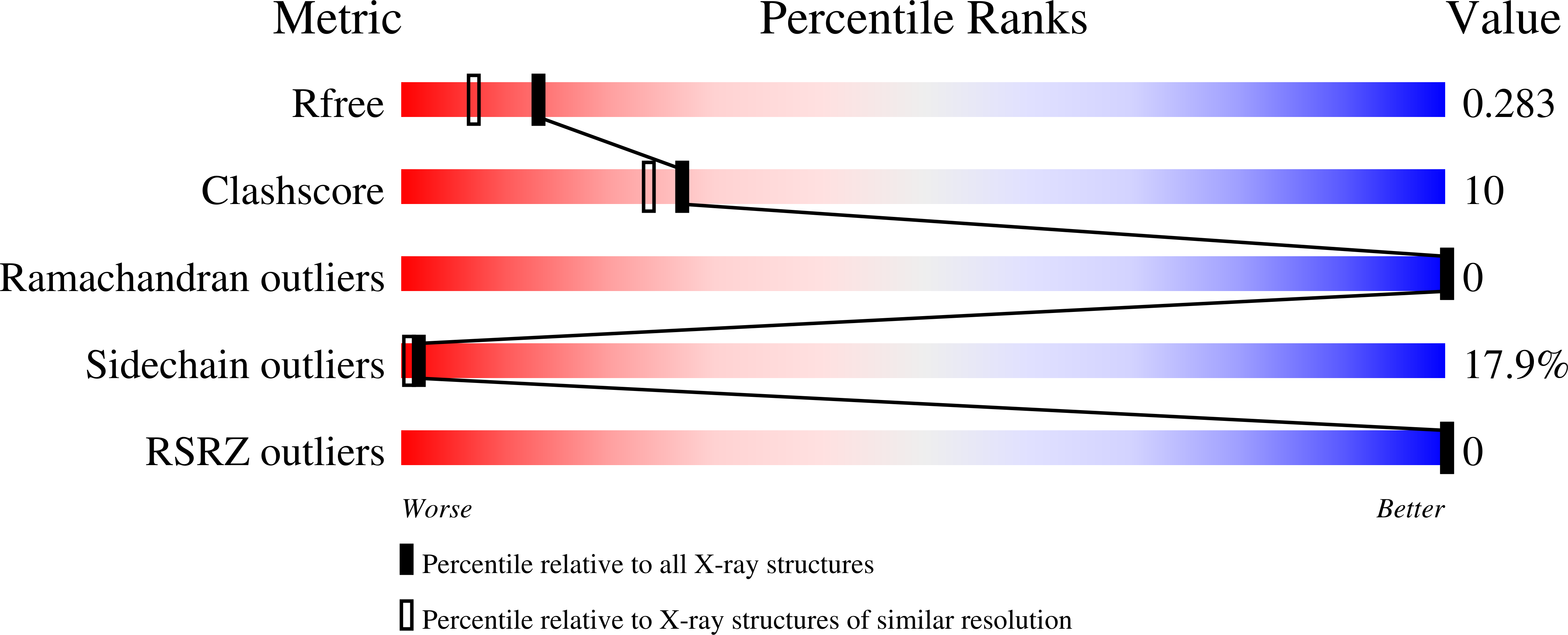
Deposition Date
2005-09-16
Release Date
2006-01-31
Last Version Date
2023-08-23
Entry Detail
PDB ID:
2B22
Keywords:
Title:
Antiparallel four-stranded coiled coil specified by a 3-3-1 hydrophobic heptad repeat
Biological Source:
Source Organism:
Saccharomyces cerevisiae (Taxon ID: 4932)
Host Organism:
Method Details:
Experimental Method:
Resolution:
2.00 Å
R-Value Free:
0.27
R-Value Work:
0.22
R-Value Observed:
0.23
Space Group:
I 41 2 2


